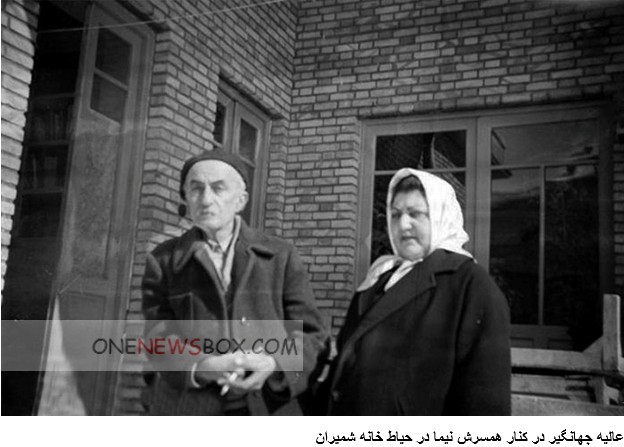[custom_adv]

in general, Nima reformed the rhythm and allowed the length of the line to be determined by the depth of the thought being expressed rather than by the conventional Persian meters that had dictated the length of a bayt (verse) since the early days of Persian poetry. Furthermore, he emphasized current issues, especially nuances of oppression and suffering, at the expense of the beloved’s moon face or the ever-growing conflict between the lovers, the beloved, and the rival.
